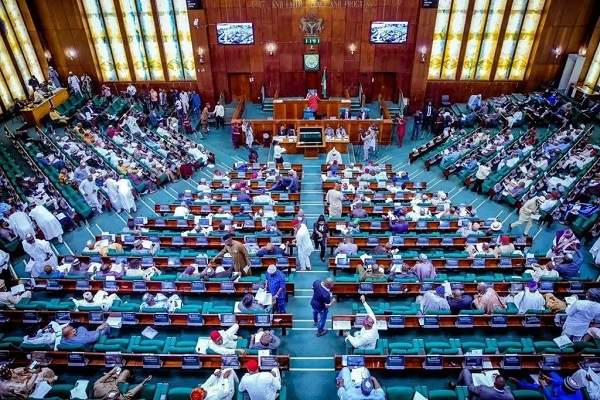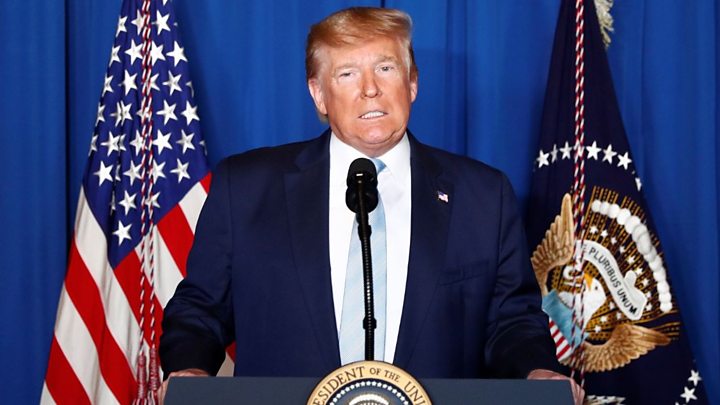- North Korea faces tighter sanctions under Trump strategy
South Korea announced Wednesday that it had installed key parts of a contentious U.S. missile defense system — the latest development amid worsening tensions on the peninsula.
The South’s unveiling of the Terminal High-Altitude Area Defense system, or THAAD, came as U.S. warships converged on the Korean Peninsula and after combative North Korea signaled further nuclear and missile tests. It also comes a day after the North showed off its military power with live-fire drills.
The South’s announcement sparked protests in South Korea, as some worried that the deployment would make the region more unstable, not less.
China expressed its serious concern to Washington and Seoul over the THAAD deployment. Speaking at a daily news briefing in Beijing on Wednesday, Foreign Ministry spokesman Geng Shuang said China urged the U.S. and South Korea to withdraw the system.
Seoul and Washington say THAAD’s sole purpose is to defend against North Korean missiles, but China is concerned the system’s powerful radar could penetrate its territory and undermine its security.
In a statement to NBC News, United States Forces Korea said the move was “a critical measure to defend the South Korean people and alliance forces against North Korean missile threats, as highlighted by the recent ballistic missile launches by North Korea.”
The deployment come as the USS Carl Vinson aircraft carrier headed toward the peninsula for a joint exercise with South Korea. Aircraft from the Carl Vinson carrier strike group were also conducting joint aviation exercises with the Japanese Air Self Defense Force in the Philippine Sea.
The USS Michigan, a nuclear-powered submarine, arrived Tuesday at the South Korean port of Busan for what was described as a routine visit to rest crew and load supplies. The U.S. 7th Fleet said two American destroyers were conducting simultaneous maritime exercises with ships from South Korea and Japan.
In a statement released Wednesday, South Korea said unspecified parts of THAAD had been installed. The statement added that Seoul and Washington were pushing to get THAAD quickly working to cope with North Korea’s advancing nuclear and missile threats. According to Yonhap news agency, the parts include two or three launchers, intercept missiles and a radar.
About 200 residents and protesters rallied against THAAD in front of a local community center, some hurling plastic water bottles. About 8,000 police officers were mobilized and the main road leading up to the site in the country’s southeast was blocked earlier Wednesday, Yonhap reported.
In the meantime, the US is to tighten sanctions on North Korea and step up diplomatic moves aimed at pressuring the country to end its nuclear and missile programmes.
President Donald Trump’s strategy was announced after a special briefing for all 100 US senators.
Earlier, the top US commander in the Pacific defended the deployment of an advanced missile defence system in South Korea.
Tensions have risen amid fears the North is planning new weapons tests.
“The United States seeks stability and the peaceful denuclearisation of the Korean peninsula,” said a joint statement issued by Secretary of State Rex Tillerson, Defense Secretary Jim Mattis and Director of National Intelligence Dan Coats.
“We remain open to negotiations towards that goal. However, we remain prepared to defend ourselves and our allies.
“The president’s approach aims to pressure North Korea into dismantling its nuclear, ballistic missile, and proliferation programs by tightening economic sanctions and pursuing diplomatic measures with our allies and regional partners,” the statement added.
NBC with additional report from BBC





















